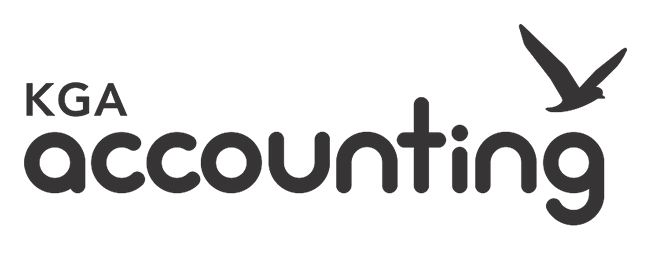Trusts have traditionally been used for intergenerational protection. With over 500,000 Trusts in NZ, a large portion of our population currently holds a Trust.
The most common reasons for setting up a Trust have been:
-
Intergenerational asset protection
-
Protect personal assets from creditors
-
Set aside money for special reasons such as family members education.
-
Been through a divorce and need to protect wealth from future partners
-
Ensure our children, not their partners, keep their inheritances.
-
Convenient way to spread income and wealth with important tax minimisation possibilities x – especially to beneficiaries.
Trusts Act Amendment 2022
Trusts were being increasingly examined and broken up through litigation at court and the Trusts Act 2019 came in to try and improve the transparency and recordkeeping of Trusts which effectively increased Trustees responsibilities. In addition to judicial scrutiny, all trusts have required extra due diligence for AML which passed into legislation for accountants in July 2018.
Now the Inland Revenue has a renewed interest in the transfers of wealth between parties – historically this info has often been very hidden in Trust balance sheets, and we don’t even know about these as a Trustee’s accountant. The taxation amendment act of 2020 to the Trust Administration Act 1994 was introduced by an order in council, and then received royal assent into law late March 2022.
New Rules
For March balance dates the rules apply from 1st April 2021. The applicable Trusts are any Trusts with taxable income and/or a requirement to file an income tax return. So any trusts that do not receive any taxable income should not be affected by these new rules eg. a family trust that holds a family home and no other income.
Exempt Trusts
-
Non-active Trusts
-
Charitable trusts
-
Trusts eligible to be Māori authority
-
Foreign trusts
-
Widely held superannuation funds
-
Exempt employee share schemes
-
Estates
-
Unit Trusts
Reportable Information
Financial Information
There is a de-minimis threshold to reduce compliance burden for trusts to use accrual accounting For Trusts that derive income of less than $100k; Incur expenditure of less than $100k; hold total assets of less than $5m at all times during the income year.
The reportable information of all non-exempt Trusts includes:
-
Profit and Loss
-
Net profit or loss before tax
-
Any untaxed realized gains and receipts
-
-
Statement of Financial Position
-
Assets- including financial arrangements, land, buildings
-
Shares/ownership interests and total assets including the family homes
-
Liabilities – including financial arrangements and total liabilities
-
Equity – this is broken down into trust capital, drawings, current account year end balances and movements in beneficiary accounts.
On the IR website there is a handy flowchart that you can begin to complete for every trust you touch. It is expected that most Trusts will be affected by the additional reporting requirements.
Settlors & Settlements
Details of any settlements during the year include:
-
Cash, financial arrangements, land, buildings, shares/ownership interests, services, settlements that have been valued at zero and other with a description.
-
2022 income year requirement only – names and details of prior year settlements the guidance on this is not in much detail yet.
The Trust Settlor details are included in the new IR6S form. This is a new form for the 2022 Income Tax year which has to be included and attached to the top of page 3 of the IR 6 estate and trust income tax returns.
Beneficiaries & Distributions
Beneficiaries details required are:
-
Full name
-
Date of birth
-
Jurisdiction of tax residency
-
IRD number
-
No disclosure to beneficiaries be entitled to just what they have received.
-
Movements in beneficiaries accounts
-
Including opening balances, distributions, amounts withdrawn and enjoyed closing balance
For completeness a distribution is defined in the act as a transfer of value from the trust to a person who is a beneficiary of the trust. Capital distributions will need to be disclosed to the IR as part of the distribution of movement of the current account.
Expected Implications
-
Time and cost for trustees to gather information.
-
Accounting fees to disclose information – we won’t necessarily have this information on file.
-
Overseas information sharing
-
Government department access
-
Other
-
Often foreign transactions have not been showed in previous tax returns. There is increased interest in this worldwide. Cross border information sharing is happening every day.
-
Capital transactions with beneficiaries who are receiving income tested benefits is that additional income includes non taxable distributions as well as non taxable distributions.
-
So information sharing between inland revenue and social welfare is likely to be shared very freely.
Please contact us if you would like help with your Trusts or to find out how the change in law may affect you.
